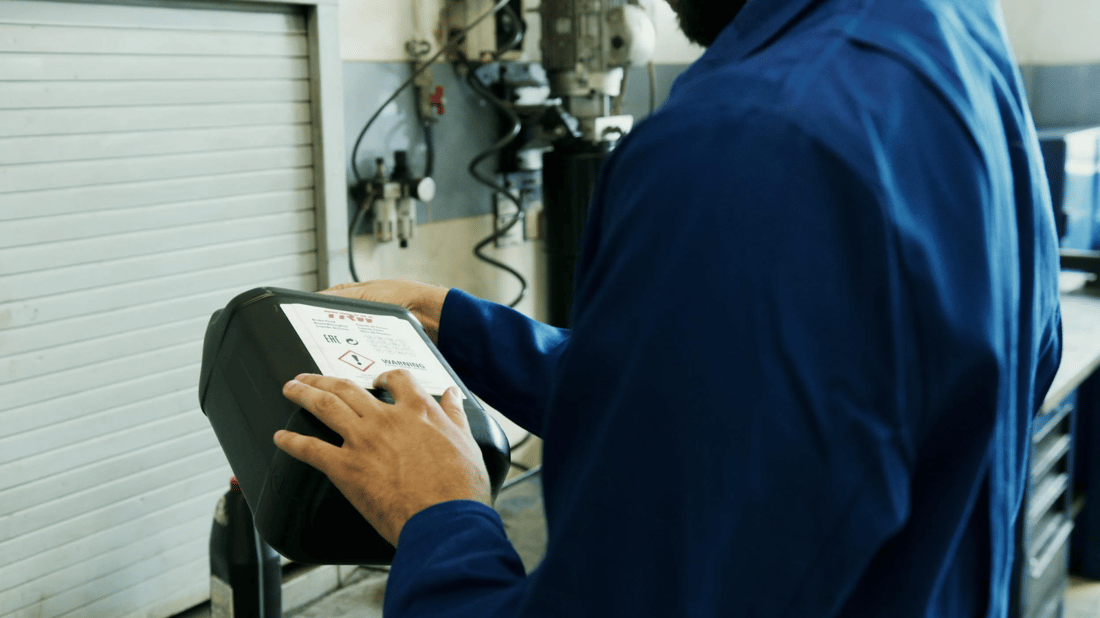industrial inspection: The Importance of Regular Equipment Checking
Many industrial facilities rely heavily on the proper functioning of their equipment to ensure smooth operations. Since malfunctioning equipment can cause accidents, delays, and costly repairs, it is imperative to perform regular industrial inspections to guarantee that everything is in working order. In this article, we will discuss the various aspects of industrial inspections, why they are important, and what they involve.
1. The Purpose of Industrial Inspection
Industrial inspection is the process of examining and evaluating machinery, equipment, and facilities to ensure that they are safe and operational. The purpose of these inspections is to check for signs of wear and tear, damage, and defects that could impede performance or threaten the safety of workers. Inspection should be performed not only on the main machinery but also for the ancillary equipment that supports them such as hydraulic systems, motors, and pumps. With regular inspections, industrial operators can prevent small issues from turning into larger ones that can cause significant downtime and financial losses.
2. Types of Industrial Inspection
There are three types of industrial inspection procedures that involve different levels of scrutiny. The first type is routine inspections, which are performed daily or weekly and typically consist of visual observations and other quick checks. The second type is periodic inspections, which are done less frequently (usually once or twice a year), and typically include more in-depth examinations and testing. The third type is the comprehensive inspection, which is performed sporadically or when equipment undergoes significant changes. Comprehensive inspections are the most detailed and involve intense evaluations such as electromagnetic testing or machine tear-downs.
3. Inspection Checklist
An inspection checklist is a tool used to ensure that each component of equipment is thoroughly checked and evaluated during the inspection process. A checklist should include a list of items to be inspected, an assessment of the item's condition, and a record of maintenance activities performed. Some critical equipment components that should be checked during inspections include hoses, belts, bearings, seals, and gears.
4. Benefits of Industrial Inspection
Regular inspections provide significant benefits, such as identifying and correcting problems before they grow into more significant issues that cause equipment failure and downtime. With timely detection of issues, repairs can be addressed more efficiently, minimizing the risk of equipment damage and costly repairs. Additionally, regular inspections can improve safety and protect workers from workplace accidents caused by faulty equipment. Proper maintenance and inspection also ensure the equipment operates optimally, offering cost savings in energy usage, reduced waste and product defect rates.
5. Compliance with Regulations
Industrial equipment inspection is not just good practice, it's mandatory by law! The Occupational Safety and Health Administration (OSHA) requires that companies have a comprehensive industrial equipment inspection plan in place to maintain their equipment correctly and safeguard their workers. It is also important for industrial employers to comply with insurance requirements, which often mandate regular inspections to reduce liability exposure. It's crucial to keep accurate records of industrial inspections to document compliance with regulations.
6. Special Considerations for Older Equipment
Older equipment demands more attention when it comes to inspection and maintenance because they are more prone to wear and tear. Many pieces of industrial equipment are designed to run for decades, but effective maintenance is essential for them to perform optimally. Regular inspections help identify problems early, saving companies money in the long run by preventing more extensive repairs that would be required for older equipment. Special inspections such as non-destructive and destructive testing may also be conducted to determine the component's remaining lifespan to schedule and budget for necessary asset investments.
7. The Role of a Qualified Inspector
To ensure that equipment is being inspected competently, trained and experienced technicians, called qualified inspectors, should handle any inspection's procedures. The technician or inspector should be well-versed with the equipment, competent in reviewing technical literature, and knowledgeable regarding safety rules and regulations. Qualified inspectors make recommendations and provide feedback documenting issues detected and solutions, performed routine and preventive maintenance activities, and providing appropriate testing and inspection certifications.
8. Inspection and Maintenance Management Systems
Inspection and maintenance management systems use technology to manage inspections and maintenance and maintain safety records. By adopting a robust system, companies can automate inspection procedures and monitor the work done to manage inspection and maintenance activities. Advanced systems such as Computerized Maintenance Management Systems (CMMS) powered by artificial intelligence improve equipment performance using data analysis algorithms to predict and prescribe maintenance tasks and schedules.
9. The Importance of Industrial Inspection for Cost Savings
Regular inspection and maintenance activities help lower costs in the long term, prolonging equipment life. By detecting and fixing issues as they arise, the cost of repairs is minimized, reducing the risk of larger maintenance problems that demand more costly repairs or replacements. Similarly, assessing machinery for potential hazards and remedying problematic areas before causing significant damage can lower the risk of equipment failure, improving production efficiency, and providing higher quality output.
10. Industrial Inspection- A Competitive Advantage
Regular equipment inspection and maintenance practices help businesses maintain a competitive edge. Effective maintenance operations ensure machines and equipment run properly and continuously, providing a competitive advantage in terms of productivity, higher quality products and services, reliability and uninterrupted delivery. Customers and suppliers respect companies who value safety and quality, providing a competitive advantage to maintain loyal customers and attract new ones.

